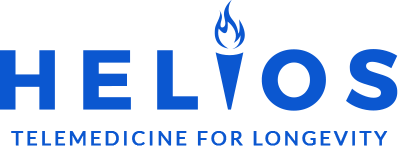Causes Of Secondary Testosterone Deficiency Treatment
You may think of secondary hypogonadism as symptomatic testosterone deficiency due to any cause outside of the testes, but that is not precisely correct. There are causes outside of the hypothalamus-pituitary-testes axis that can cause low testosterone levels where it counts, the bioavailable testosterone. One example is elevated SHBG, which we talked about in an earlier video. Other causes include the use of certain medications, recreational drugs, and alcohol, elevated stress levels, and nutritional deficiencies.
Diagnosis Of Secondary Testosterone Deficiency Treatment
The diagnosis of secondary hypogonadism is defined as the failure of either the hypothalamus or the pituitary gland and is diagnosed and treated based on what we find. It may be cured by treating the cause, such as in the case of a pituitary adenoma. It may be partially or completely untreatable through stimulation of the hypothalamus of pituitary, such as with trauma or certain therapies for other illnesses, in which case we would treat it like primary testosterone deficiency as discussed in a coming week.
Treatment Of Secondary Testosterone Deficiency Treatment
There are 2 pathways in the treatment of secondary testosterone deficiency, and both of them have to do with your estradiol. Since there are estrogen receptors in the hypothalamus which indicated the brain from releasing gonadotropin releasing factor, one treatment attempts to reduce the overall estradiol level, while the other tries to interfere or block the estrogen receptor in the hypothalamus.
Anastrozole is one of a category of prescription medications that blocks the aromatase enzyme in the fat cells from converting testosterone into estradiol. When we do this, we preserve some of the testosterone we would otherwise lose, and at the same time, we reduce the estradiol in the blood, which will reduce the inhibition on the hypothalamus. These are strong medications that may have side effects such as bone loss and osteoporosis, elevations in cholesterol, issues with libido, and problems with memory.
There is a long list of foods, herbs, and supplements that may have a similar effect on the aromatase enzyme. DIM (Diiodomethane) is a supplement you can purchase OTC, but is also present in cruciferous vegetables and is often used when patients have reactions to Anastrozole. Other common supplements include methylated ATD, 3-Ohat, 6-OXO 300-6– mg, and Formestane. Minerals such as zinc; flavonoids such as chrysin from passionflower, honey, or propolis; herbal supplements including wild nettle root, whole, grape seed extract, green or black tea extract; and foods including celery, whole grains, mushrooms, parsley, red grapes and their juices, olive oil, oysters, and cruciferous vegetables like broccoli, cabbage, maca, and kale.
Estrogen receptor blockade is the second arm of therapy and tries to reduce the inhibition of the hypothalamus by activated estrogen receptors there. The prime medication is Clomid (clomiphene citrate). There are reports that Clomid can increase testosterone levels in secondary hypogonadism 200-300% without causing many of the side effects and complications that are associated with exogenous testosterone. It may also work for milder cases of primary testosterone deficiency. By stimulating the entire control axis, Clomid preserves or improves fertility and testicular size. Another advantage is that it more closely follows the normal cyclic production of testosterone by the testes. Clomid is started at 25mg three times a week and increased as needed, so effects can take anywhere from 8 weeks to 6 months depending on your physiology and how often you are seen in follow-up. Side effects would include occasional visual changes and depression. Both would mean that you have to stop. Some phytoestrogens such as genistein have some of this activity. The herbal supplement ginger and fenugreek also acts to block the hypothalamic estrogen receptors.
Supplements To Treat Secondary Testosterone Deficiency Treatment
Some supplements work in different ways. Ashwagandha reduces the stress hormone cortisol which results in improved hypothalamic function and increases in testosterone levels. D-Aspartic acid may bypass the hypothalamus and directly stimulate the pituitary.
One last word on supplements. Please be cautious and do some research for yourselves. While the FDA has some powers to test the thousands of supplements out there, the vast majority are not tested. Outside labs and pharmacies find all sorts of impurities in them ranging from known carcinogens, banned drugs, unlabeled ingredients, and pharmaceuticals that mimic the effects of the supplement, and absence or under-inclusion of listed ingredients. Please buy from a reputable company and be safe.
What’s Next?
We will go into a more in depth discussions of the treatment of primary testosterone deficiency next week.
In the meantime, check out our website to catch up on prior videos and posts, take a complimentary self-assessment questionnaire, or make an appointment to see me. Follow our YT, FB, and IG pages @Heliostelemedicineformen. Thanks for your time and attention. Bye for now.

